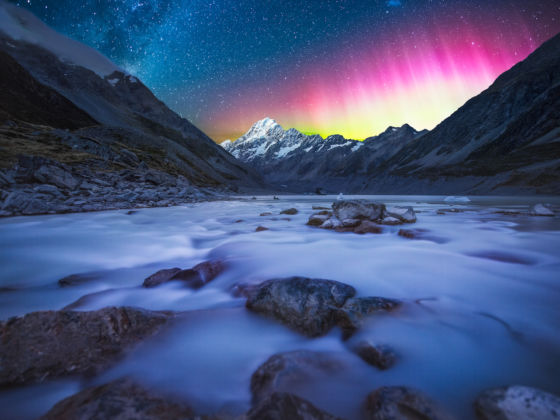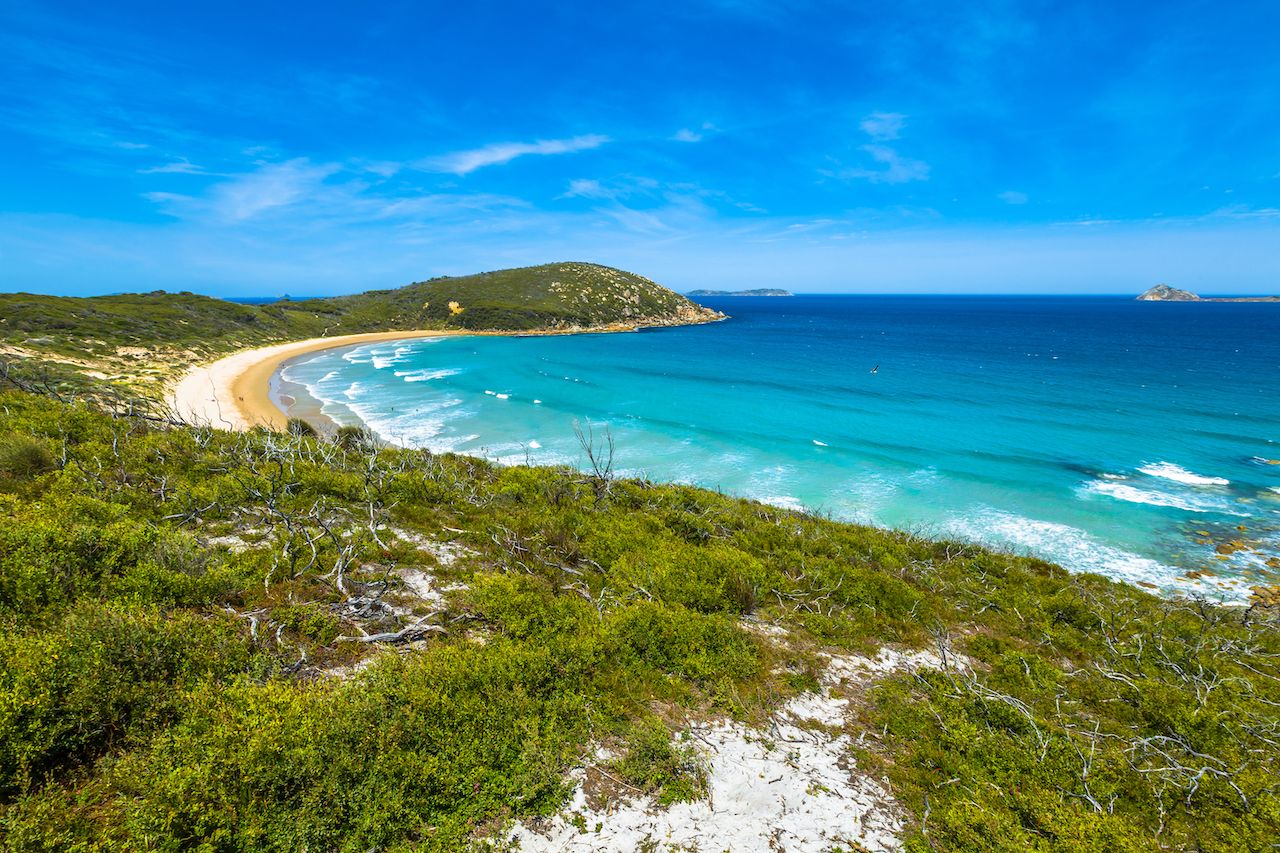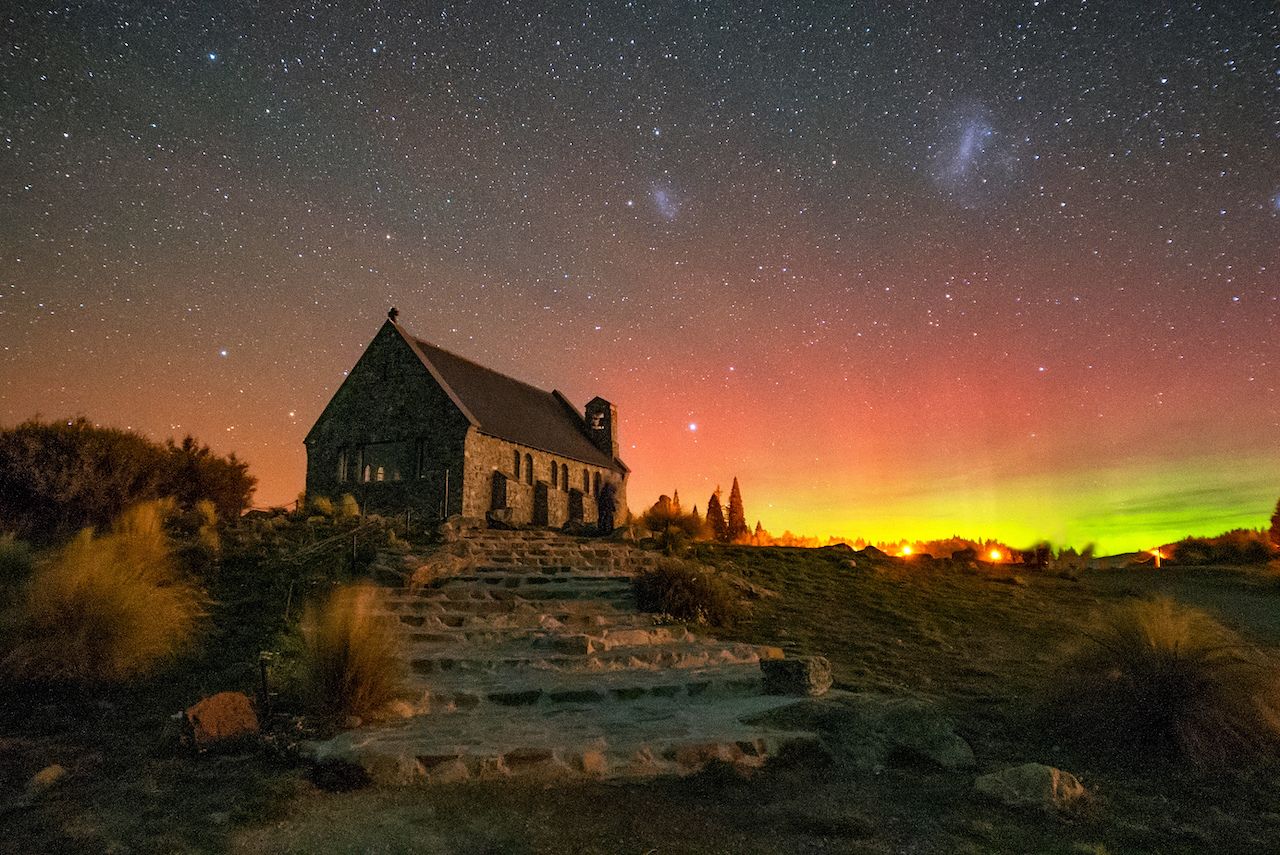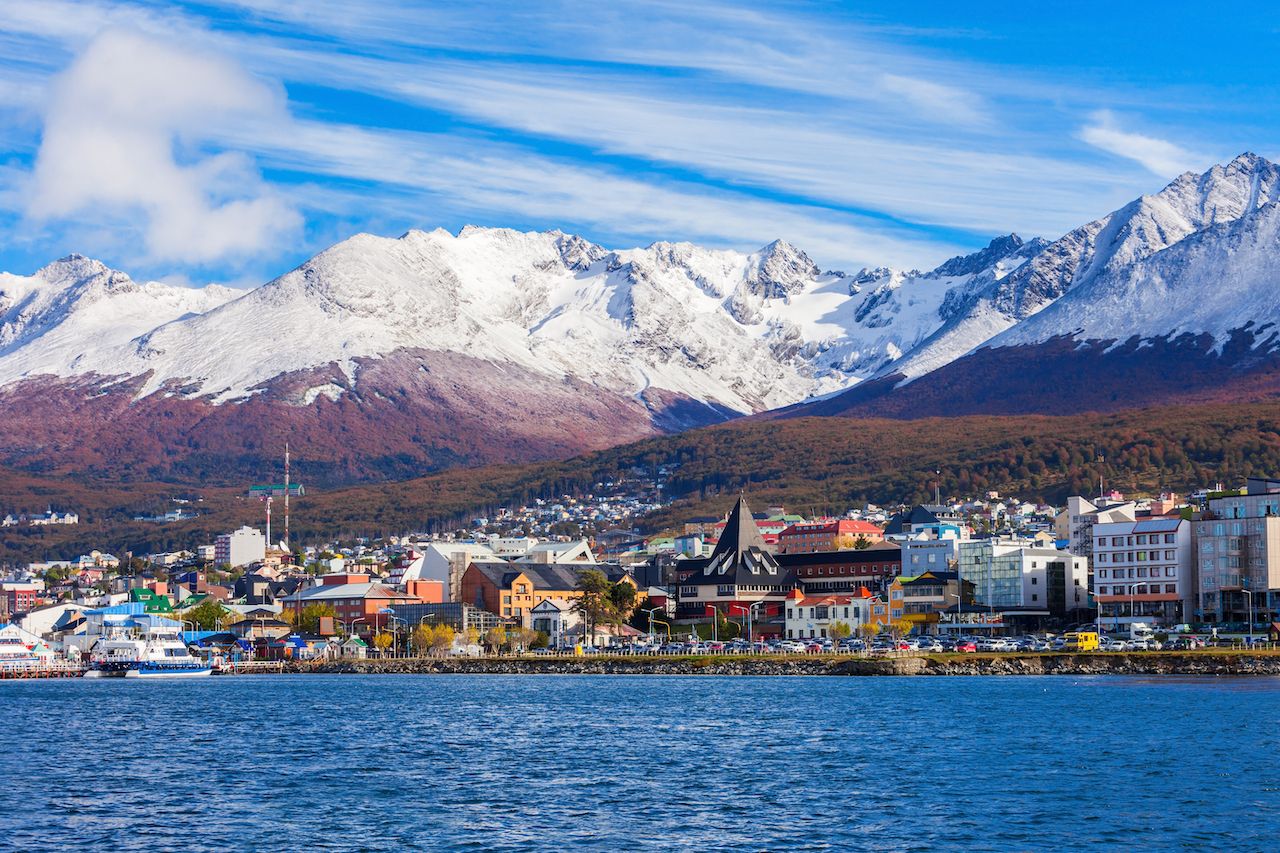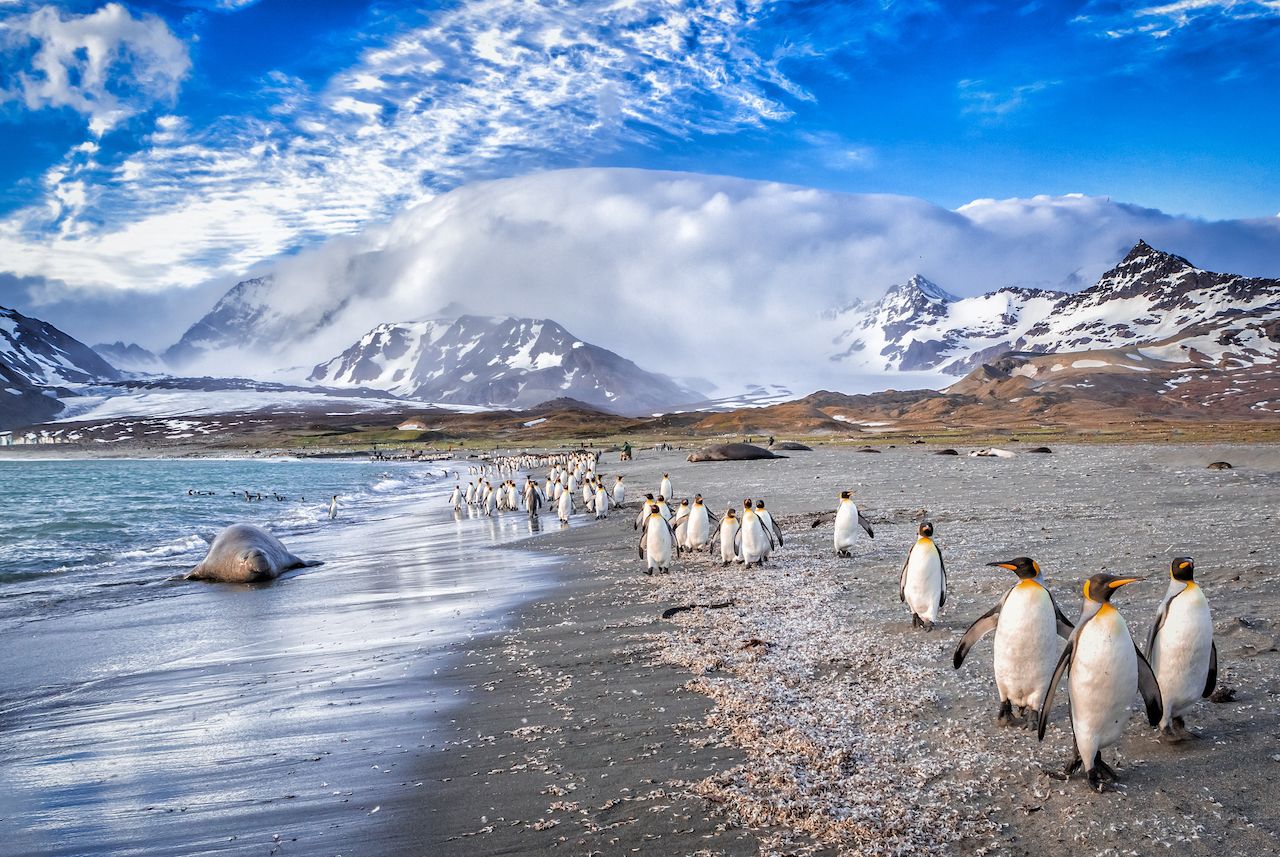Seeing the northern lights is a such an important bucket list item that many plan entire trips to northerly latitudes to witness them. And while the majestic celestial phenomenon certainly deserves the hype, it tends to overshadow the southern lights, who don’t quite get the same star treatment.
The scarcity of land close enough to the South Pole in the southern hemisphere makes the aurora australis more difficult to see, but that’s what makes getting a glimpse of this beautiful light show even more special. Here are the five best spots in the world where travelers can get a great view of the elusive southern lights.
